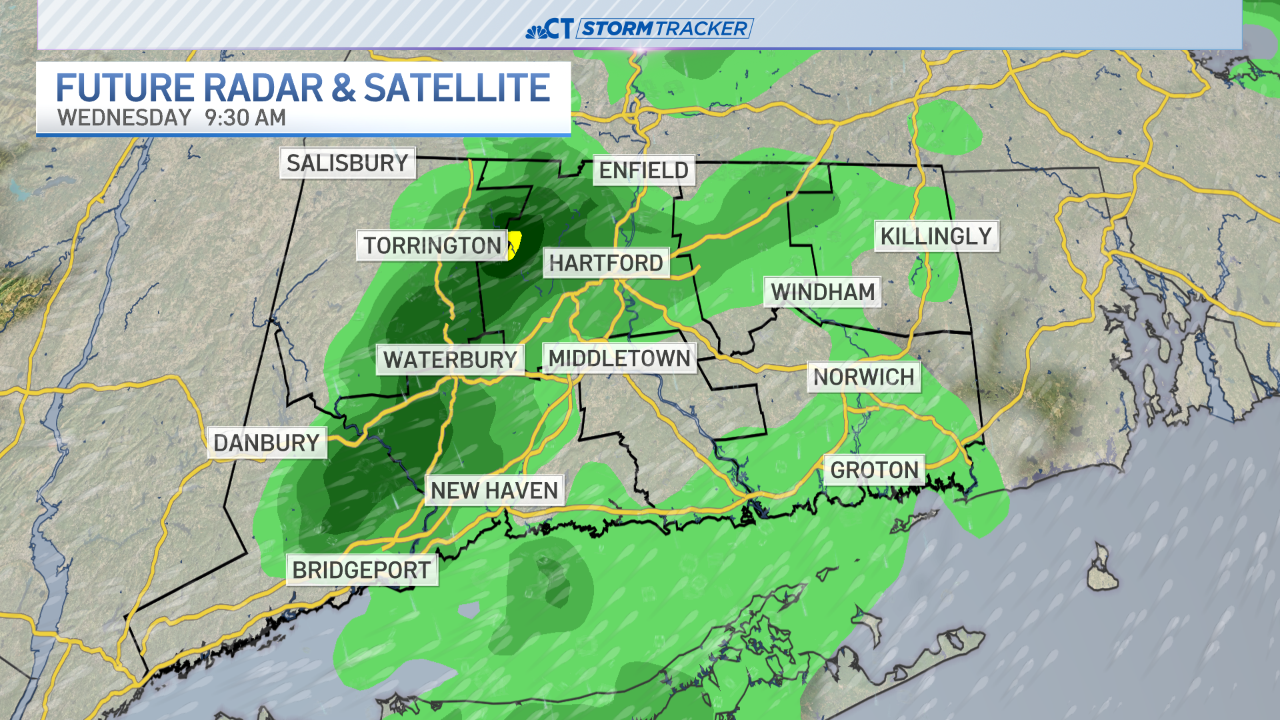Killingly school officials are looking into opening the high school to neighboring towns without one.
Officials are considering the plan in part due to decreasing enrollment and a desire for better student opportunities. Killingly High School is fit to hold 1,100 students. Currently enrollment sits around 800, according to Superintendent Steven Rioux. He’s seen declining enrollment in grades two through eight.
With more kids, Killingly can maintain the quality programs the school has and possibly add even more.
“If we can get students up to around 900 that offers us to expand our current offerings of foreign language,” Rioux said.
They would also have the capacity to potentially hire more teachers and expand programs, he added.
The school is equipped with a Regional Agricultural Education Center — there are sheep and goats on campus — a Head Start program that has students working hands-on with pre-schoolers, and technology classes with 3D printers, Rioux explained.
“There are just opportunities here to allow other school districts to send students to Killingly High School at no additional cost to them,” Rioux said.
Local
Towns would pay for tuition and transportation, according to Rioux who said that many districts already provide students transportation to the agriculture program at Killingly.
Killingly High School already is a designated school for Brooklyn students. About 120 currently attend, Rioux said.
“They probably just would have to get more teachers to handle to volume of students, but I think it’s a good idea,” Lori Gardiner said. She has two daughters in Killingly schools. One is at the high school, the other, Katelyn, is in the seventh grade.
Katelyn said the potential move could help out other districts plus bring her friends to her school.
“It would be nice to see them in school instead of just out of school,” Gardiner said.
Rioux said he’s had three superintendents reach out to him to explore this over the last year. The next step is reaching out to the districts in the area to get the conversation started. It will be a lengthy process, he added.



